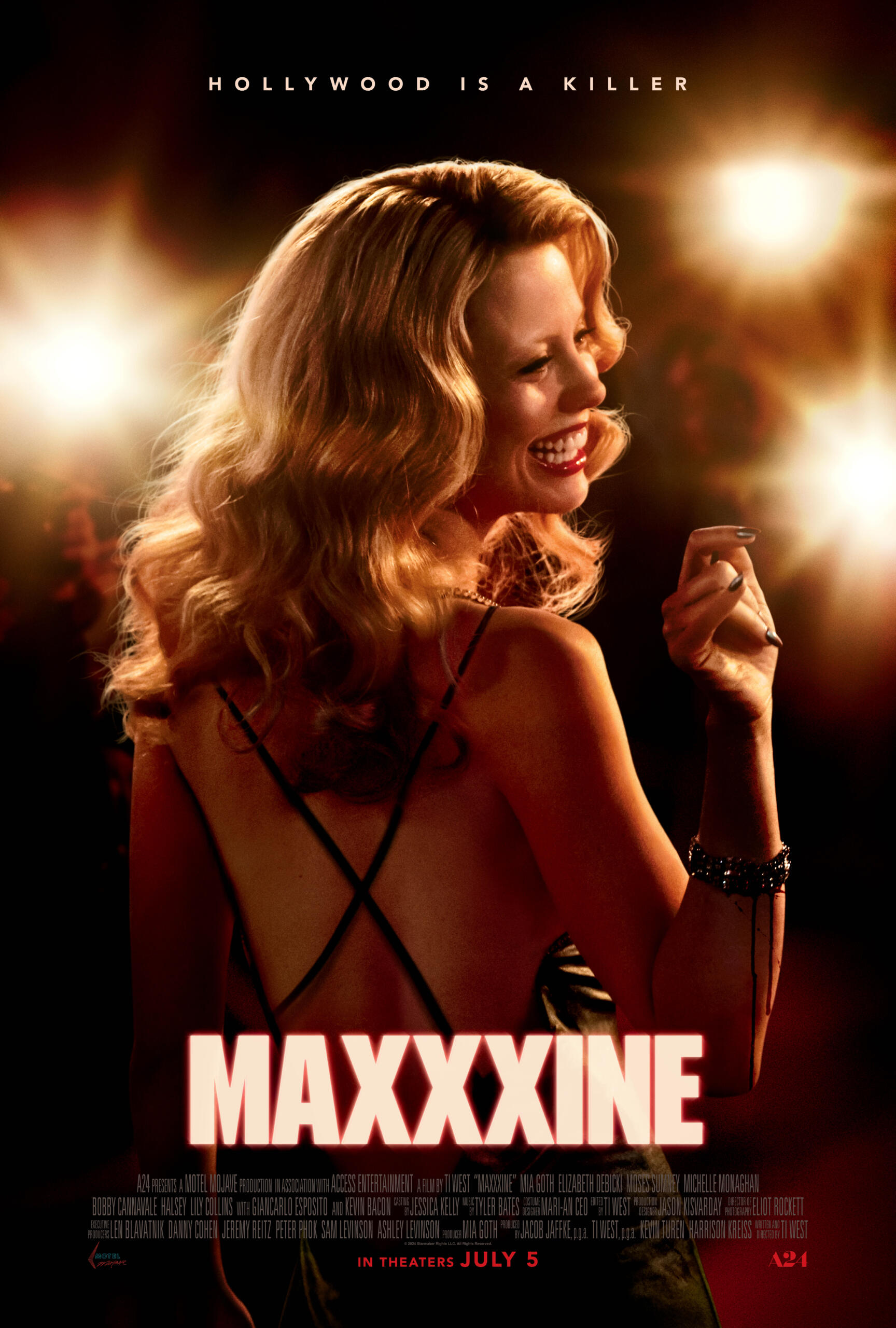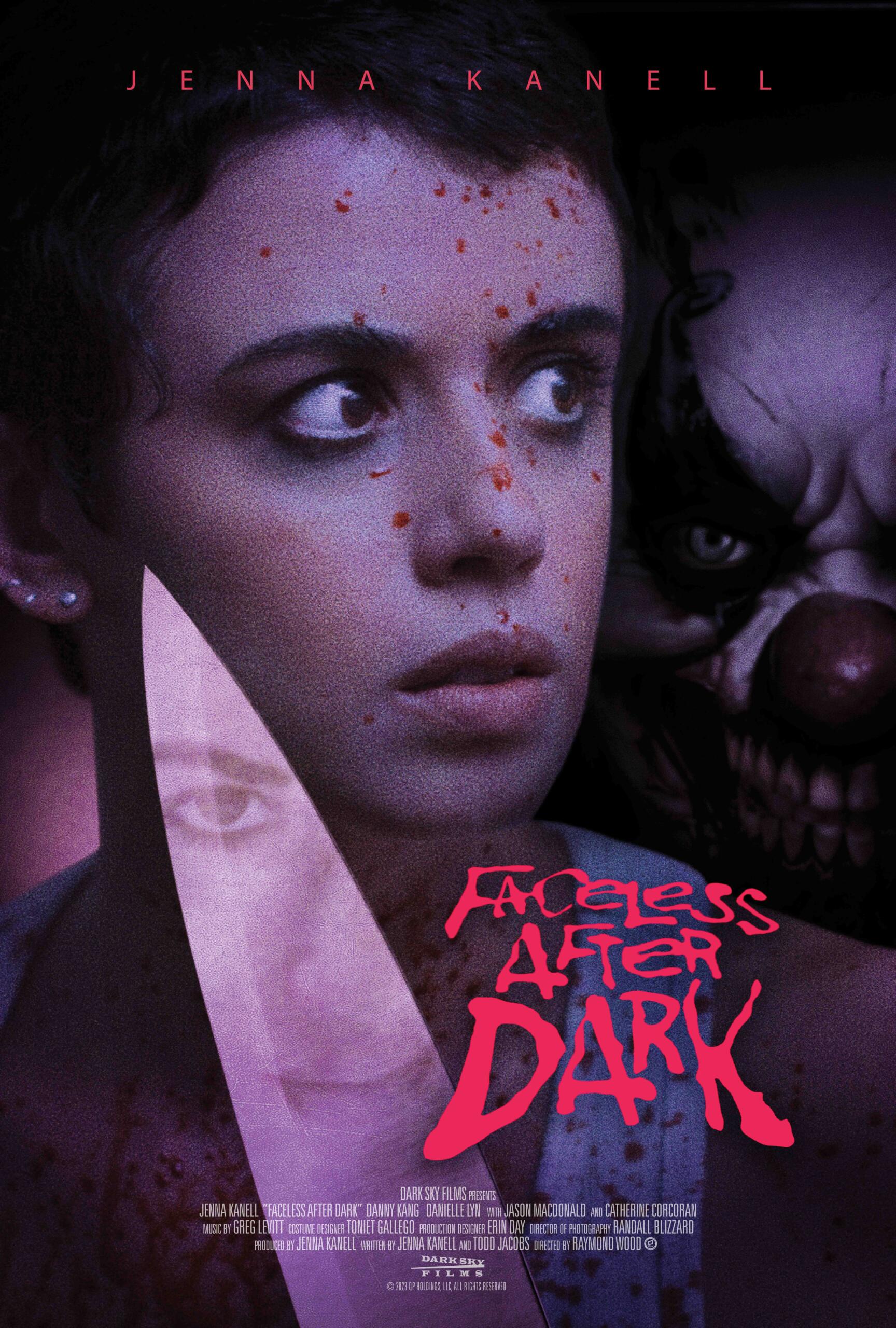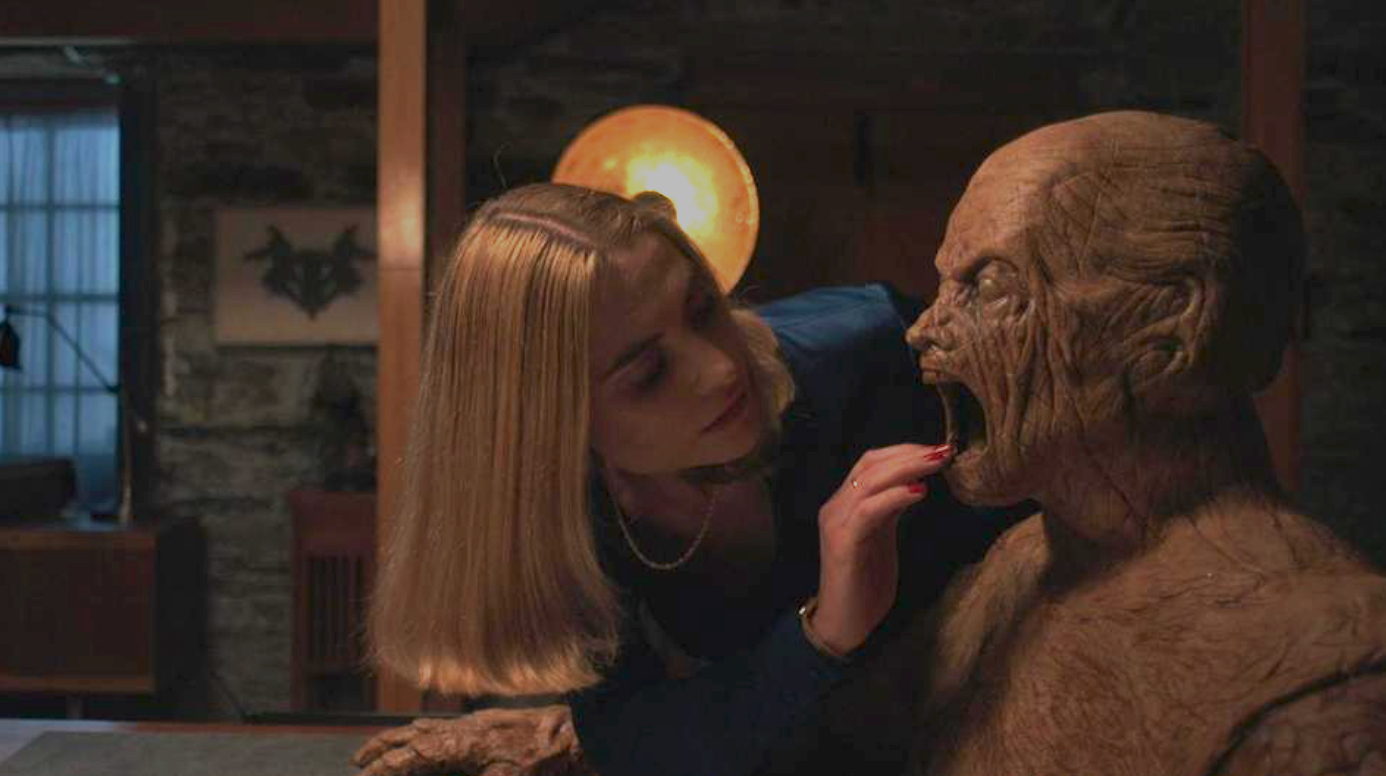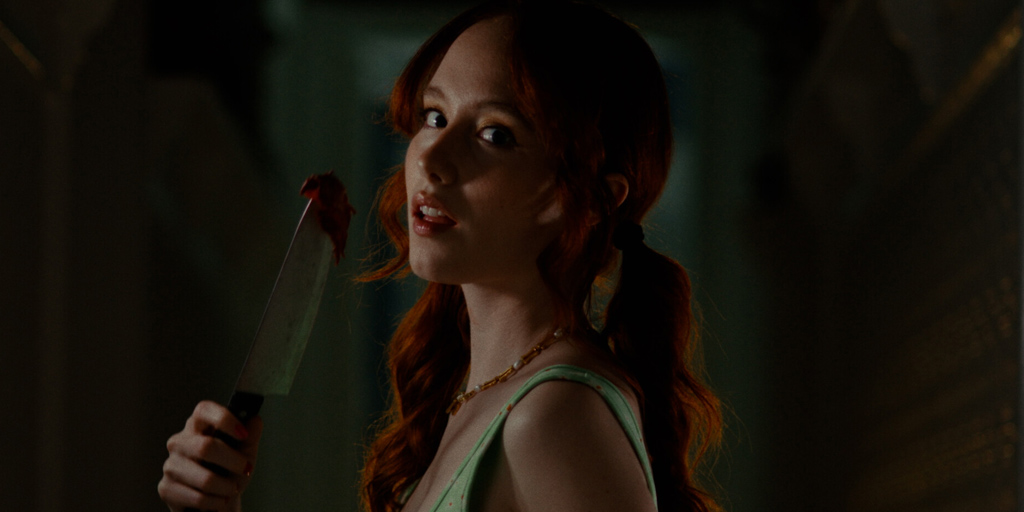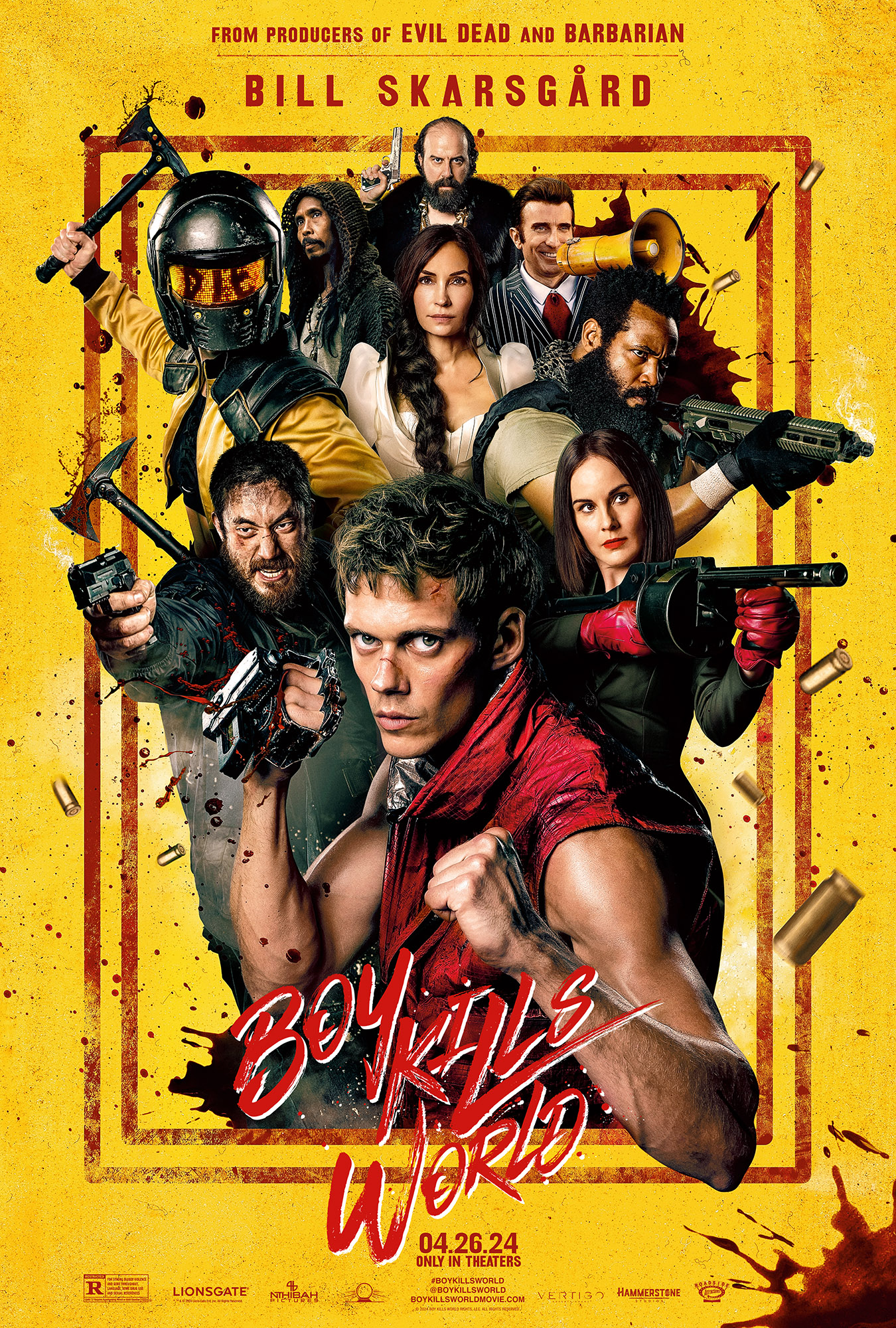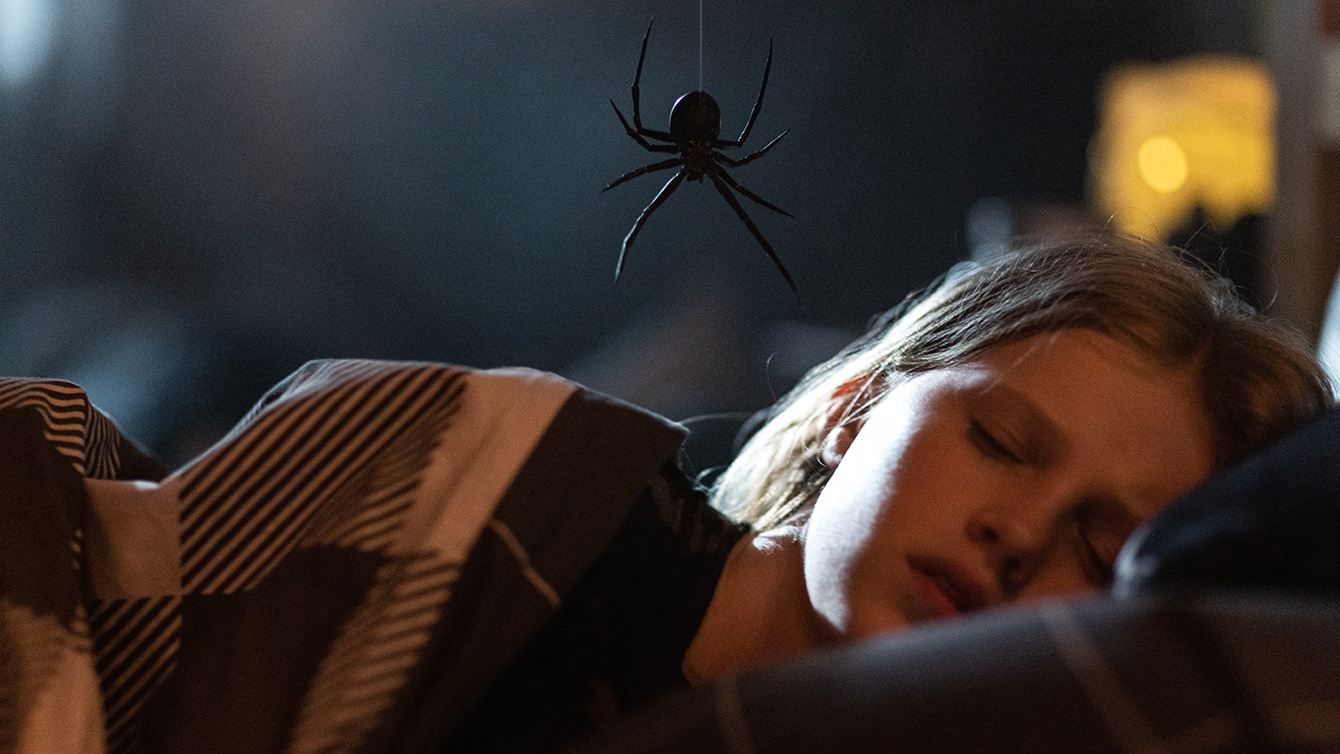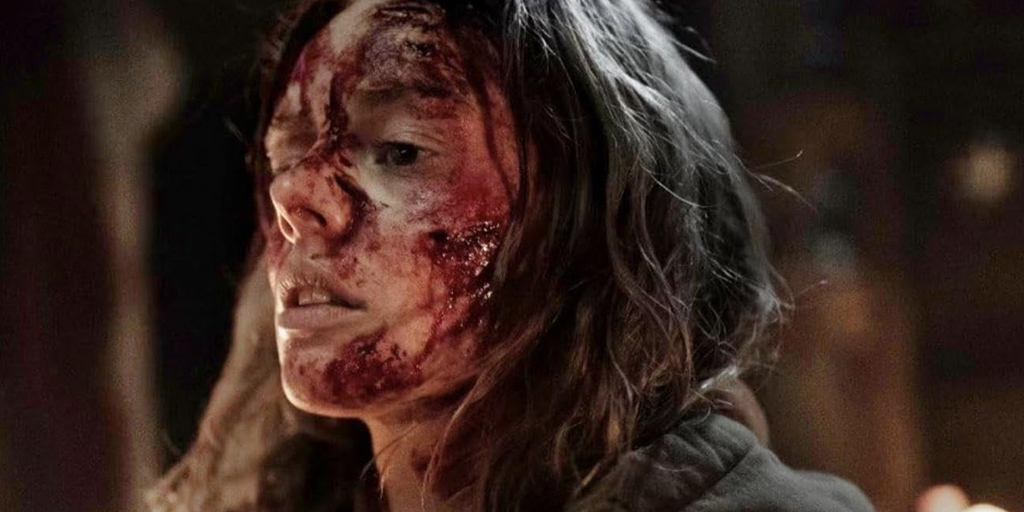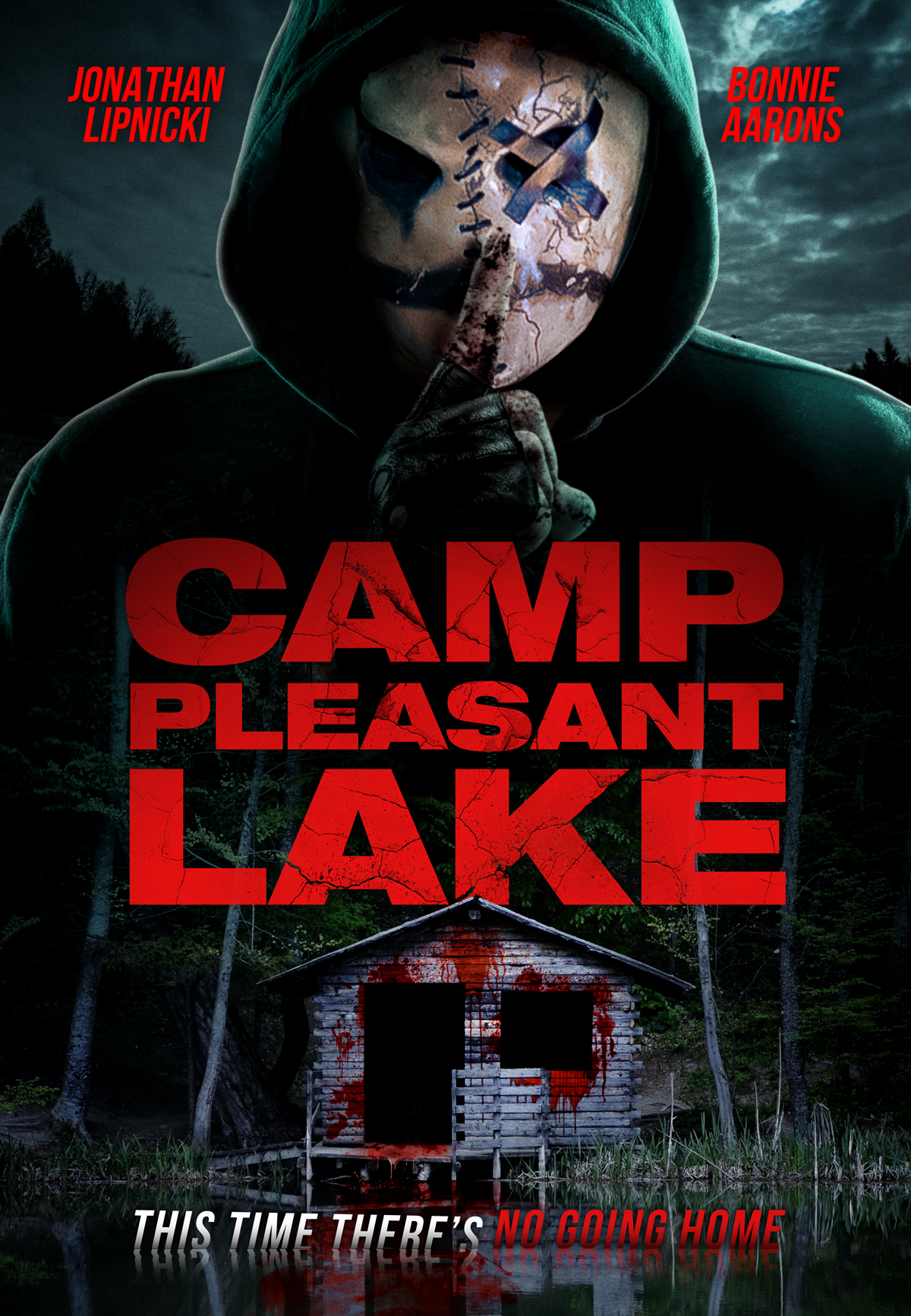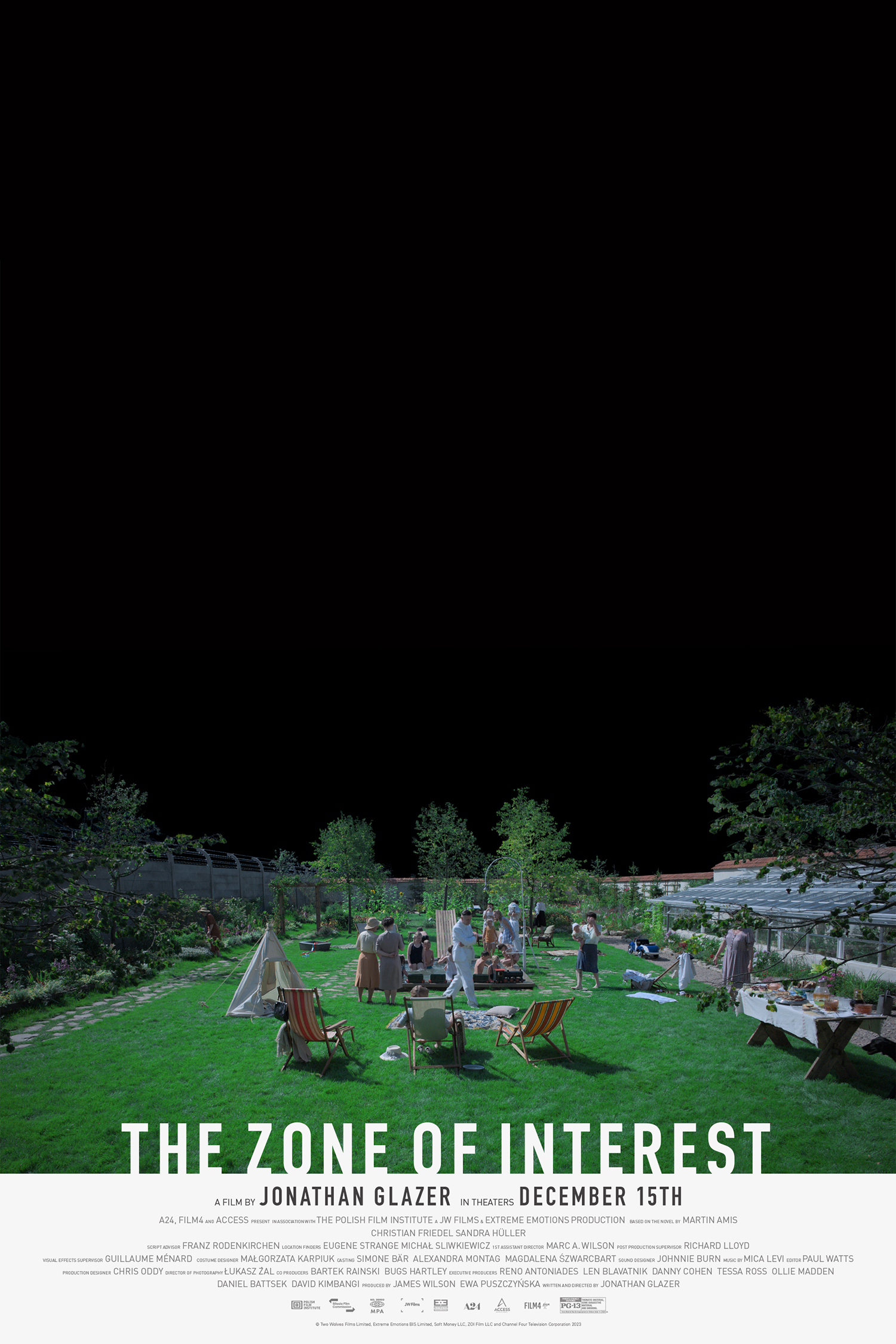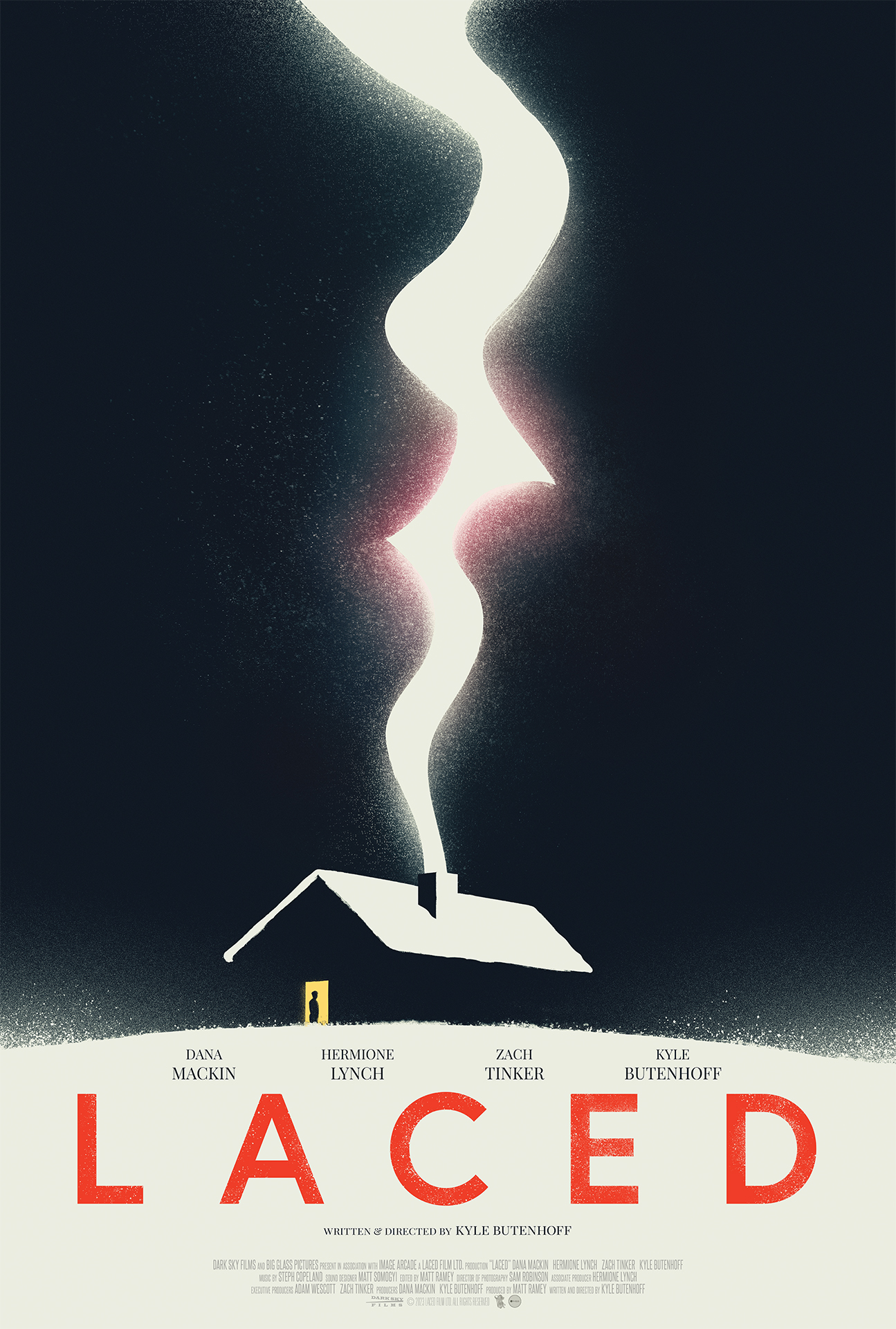Starring: Mia Goth, Elizabeth Debicki and Moses Sumney
Directed by: Ti West
Rated: R
Running Time: 104 minutes
A24
Our Score: 4 out of 5 Stars
“What is Ti West trying to tell me?” That was a thought that kept popping up during the brief and distantly scattered lulls in “MaXXXine.” If you didn’t know, “MaXXXine” is the conclusion to director/writer West’s Mia Goth horror homage trilogy. Just like in “Pearl” and in “X,” Goth plays an antihero that we sympathize with because she’s fierce. She’s an ambitious young woman looking to escape a humdrum confining life. She finds power in violence, but will she finally achieve the infamy and freedom that she so desperately wants?
Maxine (Goth) just landed a role in “Puritan 2,” the upcoming horror sequel currently being protested by…well…modern day puritans. Radicalized individuals picket outside Hollywood studios in the background as Maxine sees a bright future ahead for herself. After years of porn work, she believes she has her big break. She’s so starstruck by her own potential stardom, she seems to care less that the Night Stalker is terrorizing the surrounding hills. Yes, it’s the 80s. Every corner of Hollywood looks like Skid Row, the morality police are in panic mode and slashers populate cinemas across the nation. Maxine blends in with it all, but her dreams of being a star seem too good to be true. A mysterious individual leaves a tape at her front door. What’s on it? Her dark past.
West has already solidified himself in the horror community, but with “MaXXXine,” he may have solidified himself as a household name with the completion of this fascinating and wildly entertaining trilogy. Each film, while fitting neatly in different aspects of the horror genre, manages to feel magnificently different and fresh. However, “MaXXXine” is the most audacious and grandiose of the bunch. While “MaXXXine” features a thick cast, like Kevin Bacon’s old school magnetism, Giancarlo Esposito’s scene chewing, or Elizabeth Debecki’s commanding screen presence, Goth casually remains the focus from her first time on screen to her last.
“MaXXXine” is able to entertain without any knowledge of the other films, just like “Pearl” and “X,” but it is immensely richer if you have seen the other films. Not only does “MaXXXine” love being self-referential, to the point of being meta on its own meta, it builds upon its own mythos in subtle ways. Watching the trilogy will also help you understand Maxine even more during her long stares and daydream fantasies. Also, let’s be blunt, this trilogy is a true horror showcase for Goth’s range and power to maintain viewer’s attention over five hours.
Back to the opening question of this review…West looked to tie his main theme in ”MaXXXine,” simply by going to Hollywood and going big. “MaXXXine” hammers home its nuanced commentary on art imitating life and vice versa. In all these movies, we not only see how the power of cinema impacts Goth’s character, but we see how much the act of making films, both the fictional ones within the movie and the actual films, become the ultimate commentary on the power of storytelling. “MaXXXine” takes place during the 80s when crazed Christians thought the devil had infested pop culture, and lawmakers were considering regulations and bans on art because of that moral panic. It took about 40 years for history to repeat itself. West loves filmmaking, it’s very obvious from not only watching “MaXXXine,” but this trilogy as a whole. Hell, maybe West channeled his life and ambitions into Maxine. Or, maybe West wants us to know Hollywood is not only a fucked up place, but so is everyone in it.


